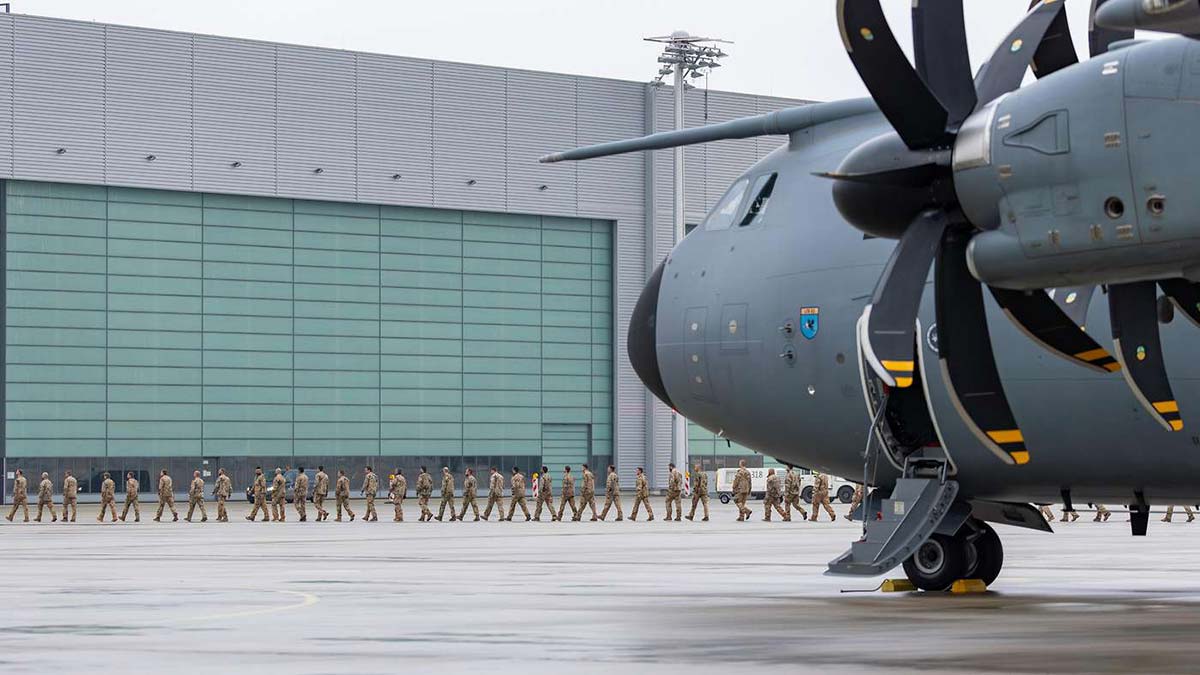Challenges posed by the switch to more sustainable materials for buildings with protection requirements
National and international agreements to reduce greenhouse gas emissions and the increasingly limited availability of traditional building materials are forcing the construction sector to turn to alternative, more sustainable building materials and construction methods.
This will also have an impact on buildings with protection requirements against physical threats. While the dynamic behavior and protection potential of conventional cement- and concrete-based solid building components are well researched, the behavior of components made of more sustainable building materials against these loads is largely unknown.
Catalog of materials: sustainable and protective at the same time
The study identifies suitable construction methods that meet the federal government’s sustainability goals for federal buildings and at the same time meet the protection requirements of the defence sector. To this end, a catalog of materials was compiled and evaluated on the basis of sustainability aspects. In a second step, the materials and their use in components were evaluated on the basis of their mechanical properties and their ability to withstand dynamic loads based on projectile impact and air blast waves.
Planning aid for selecting suitable construction methods
This comparative analysis forms the basis for future experimental and simulation-based research work in order to quantitatively record the dynamic reaction of components made of sustainable materials. The research results are intended to support planners and client representatives in the selection of suitable construction methods that take into account both sustainability and protection aspects.
